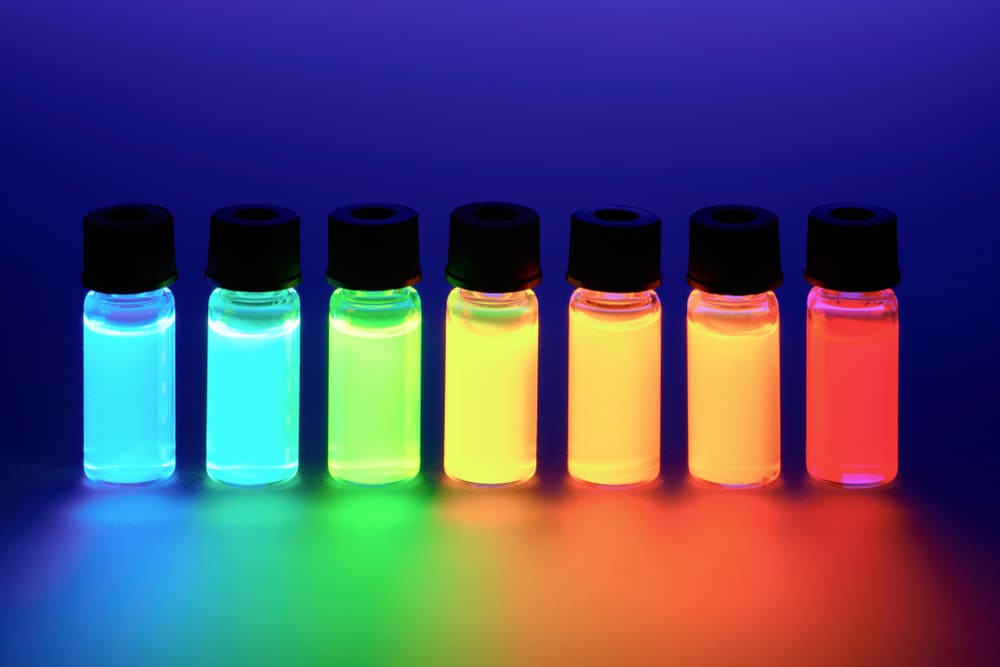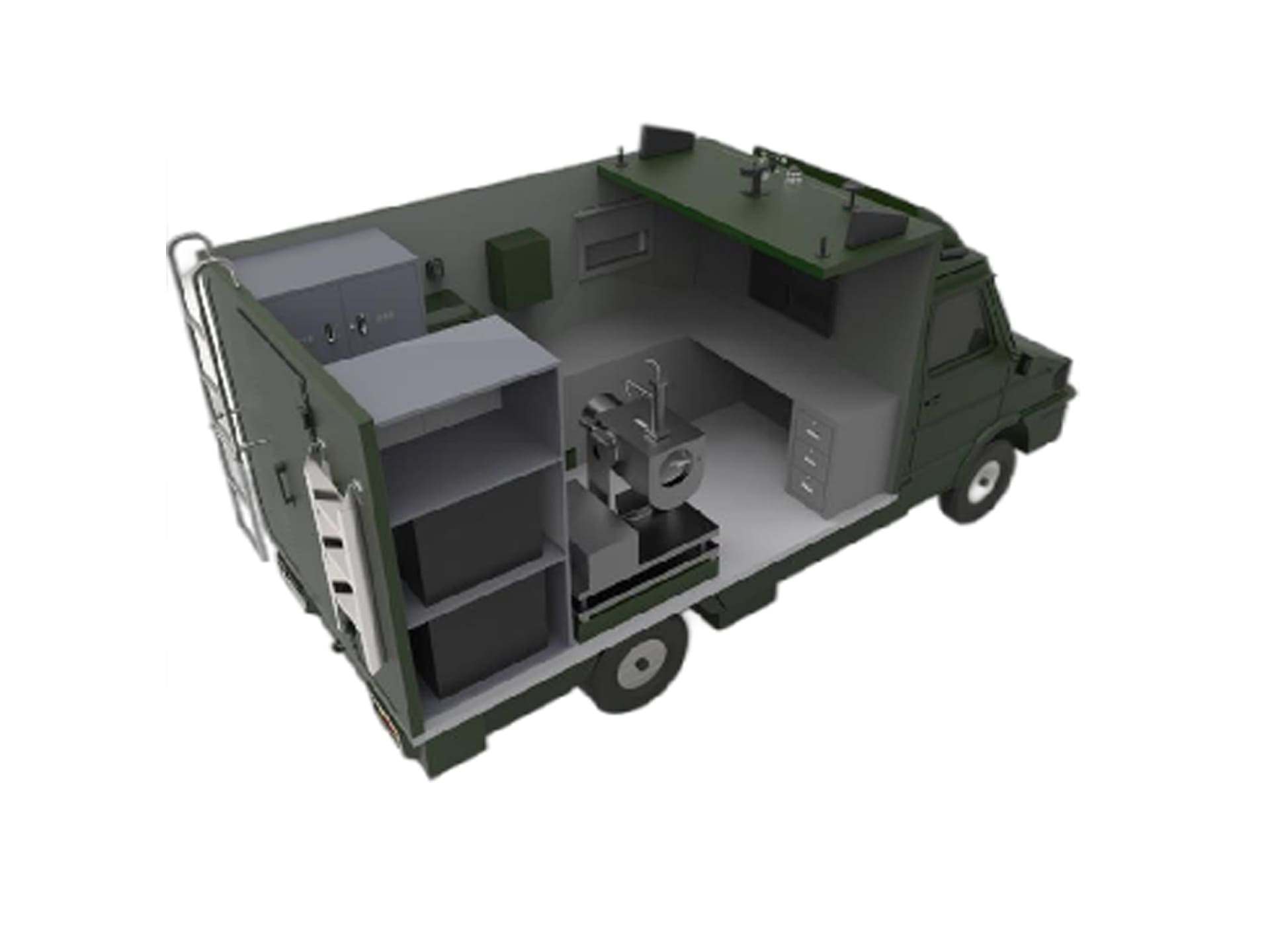
Fluorescence
Fluorescence sensor technology involves using fluorescent materials to detect and analyze target substances. When these fluorescent materials are exposed to light of specific wavelengths, they absorb energy and subsequently emit light of longer wavelengths, known as fluorescence. Measuring the emitted fluorescence can determine the presence and concentration of the target substance. Fluorescence sensors have high sensitivity and can detect analytes at low concentrations. They are versatile and can be used to detect various compounds, designed according to specific applications. The accuracy and real-time capability of fluorescence sensors make them valuable tools for on-site applications.
Technology Features
Has Very High Sensitivity
Single molecule detection capability: Fluorescence technology has the capability to detect and analyze target molecules at the single molecule level, even at very low concentrations. This high sensitivity enables nano-fluorescence technology to have wide applications in fields such as biomarkers, biosensors, and drug detection
Wide wavelength range: Fluorescence materials can adjust their fluorescence emission wavelength by controlling their size, shape, and surface modification, spanning from ultraviolet to near-infrared wavelengths. This wide wavelength range of fluorescence signals allows nano-fluorescence technology to adapt to the needs of different samples and facilitates the overlay and analysis of multiple signals

Remains Effective in Complex Environments
Fluorescent probes typically exhibit excellent photostability, allowing them to maintain a stable fluorescent signal under prolonged laser irradiation, enabling long-term real-time monitoring

Exhibit targeted responses to specific substances
Versatility: Fluorescent technology can detect and monitor various biological molecules or environmental factors, such as ions, molecules, cells, and biomolecules, through rational design and functionalization. With multiple functionalities, it reduces experimental complexity and costs
Controllability: The optical properties of fluorescent probes can be controlled through material selection, morphology adjustment, surface modification, and other means. By adjusting these parameters, the fluorescence emission wavelength, optical intensity, emission lifetime, and other characteristics of the fluorescent probes can be tailored to meet the requirements of different application scenarios























